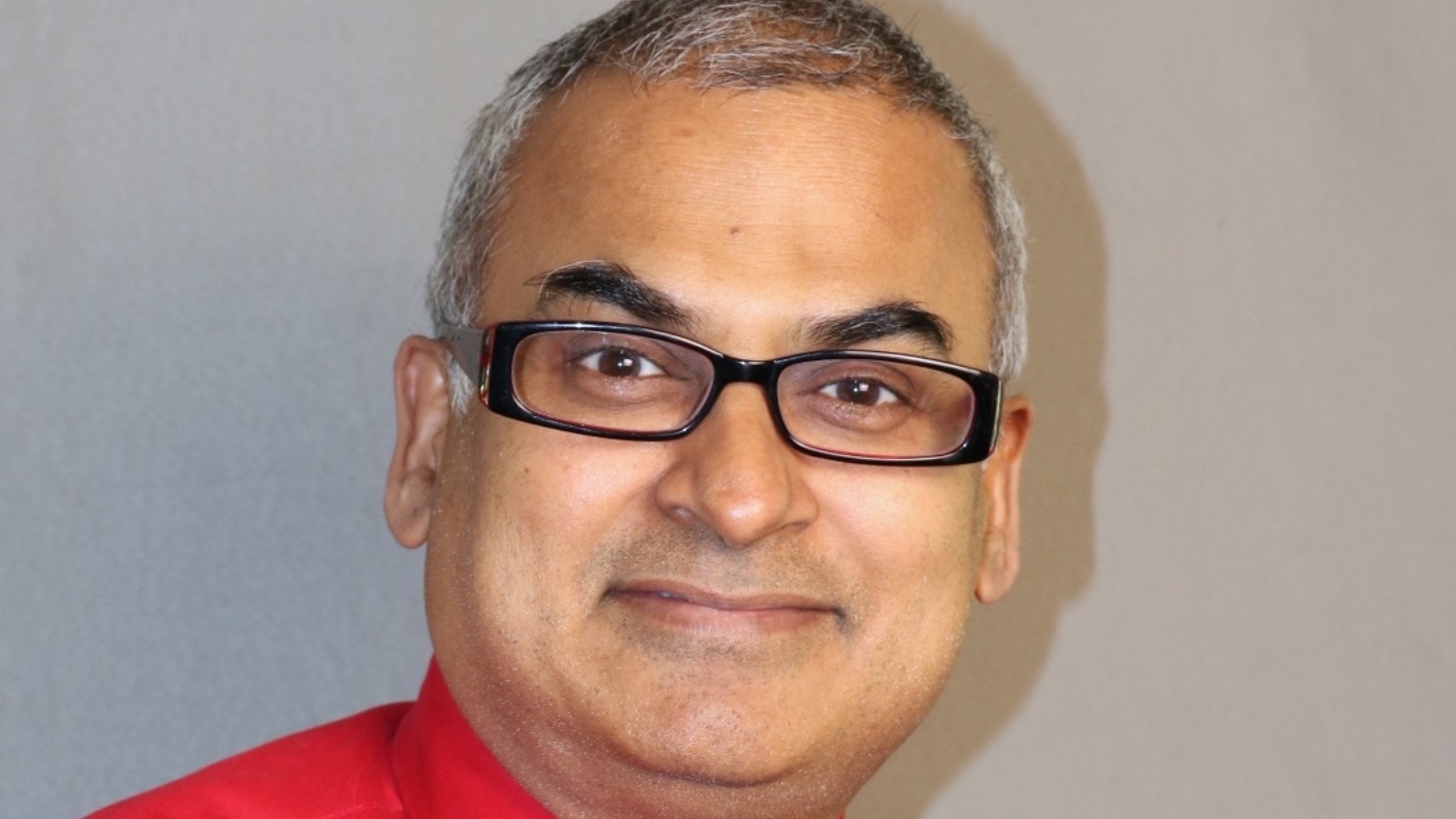
It takes a certain mind to see rice husks in a farm field and envision them powering a light bulb. But that’s precisely the idea that Praveen Kolar, a professor in the Department of Biological and Agricultural Engineering, will be exploring as a Fulbright Scholar at the University of Bologna in Italy next spring. Specifically, Kolar will work on valorizing rice husk into biochar for use in energy storage devices.
Kolar began his career as an engineer in India maintaining water quality and waste management systems at a seafood processing facility. He then studied at Louisiana State University with a focus on “making oysters happy,” as he says, in tanks with the right temperature and pH. From Louisiana, Kolar pursued his Ph.D. at the University of Georgia where he researched solutions for odor management in poultry rendering facilities.
“I started in wastewater, then studied waste gas, and now I study waste solids,” Kolar says.
At NC State University, Kolar specializes in waste treatment, waste recycling and value-added production from plant materials. His Fulbright project focuses on developing a method of adding value to agricultural rice husk waste by turning it into biochar, a black carbon-rich material formed when biomass is heated without oxygen. Biochar can be used as a land amendment, fuel, catalyst and more. Biochar’s properties can be manipulated by varying the temperature and feedstock to create a substance with specific characteristics needed for the intended end use.
Making biochar is not new. The novel component of Kolar’s research centers on using biochar as an electrode for a capacitor. A capacitor is similar to a battery in that it is another complementary way of storing energy. But whereas a battery provides a small amount of energy for a long period of time, a capacitor provides a large amount of energy for a short amount of time.
“The idea is to make the biochar of high surface area and suitable surface chemistry so that when we use that in the capacitor, it can hold the charge and be able to release the charge whenever we ask for it,” Kolar says.
Currently, capacitors are made with metals and activated carbon most commonly from coconut shells. Rice husks would be a local source in more regions of the world for farmers to add value to their operations. Kolar will source the rice husk feedstock from farms in the region surrounding Bologna. But there are other advantages of using rice husk in this way, too.
“Rice husk is unique in that it contains nitrogen,” Kolar says. “Previous research has shown that when we selectively incorporate nitrogen on a carbon surface, its capacity to hold a charge increases. Normally, scientists selectively add nitrogen to the surface. In this case, nitrogen already comes with the feedstock ingredient.”
During his Fulbright, Kolar will make the biochar and assemble his own device to test its capacity. When he returns to Raleigh, he will complete the surface analysis using the Analytical Instrumentation Facility (AIF) on Centennial Campus.
His goal in the next few years is to create a device powered by a rice husk biochar capacitor that can turn on a fan or a light bulb to prove the waste product’s power. Once the proof of concept is in the hands of other engineers and companies, it’s up to them to scale it up and run with it.
“Right now, rice husk is a low-value product, but we are trying to make it into a high-value product,” Kolar says. “We want farmers to be in a competitive position and have power over their own product and gain more revenue. Most importantly, we want to change the thinking about waste. Nothing is actually waste. There is value within everything if you look for it.”
Learn more about Kolar’s WASTE Lab
This post was originally published in College of Agriculture and Life Sciences News.
